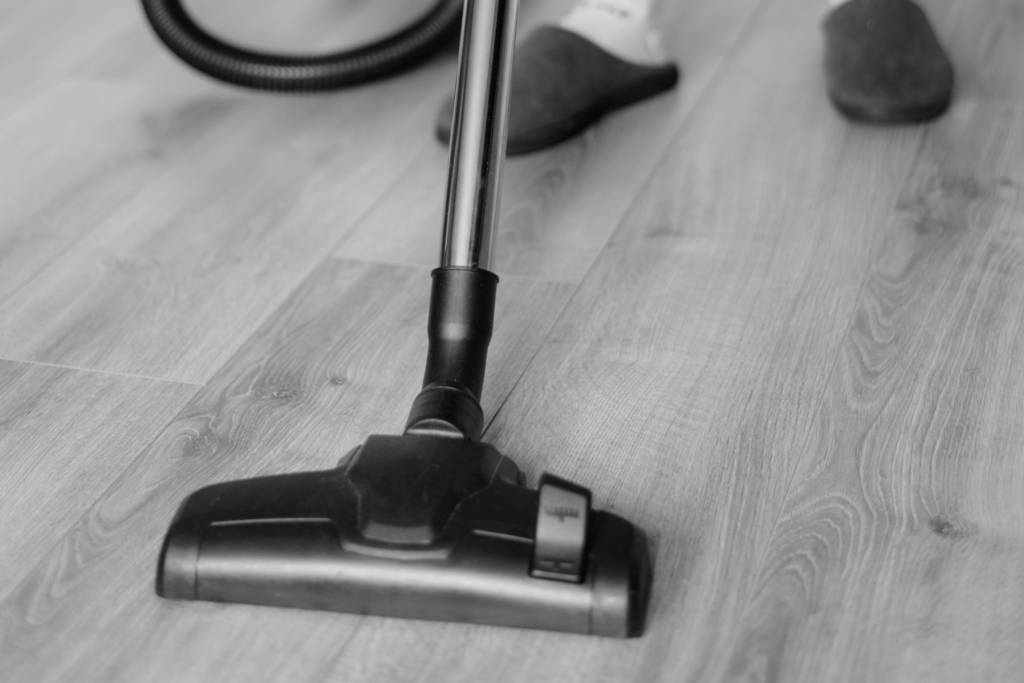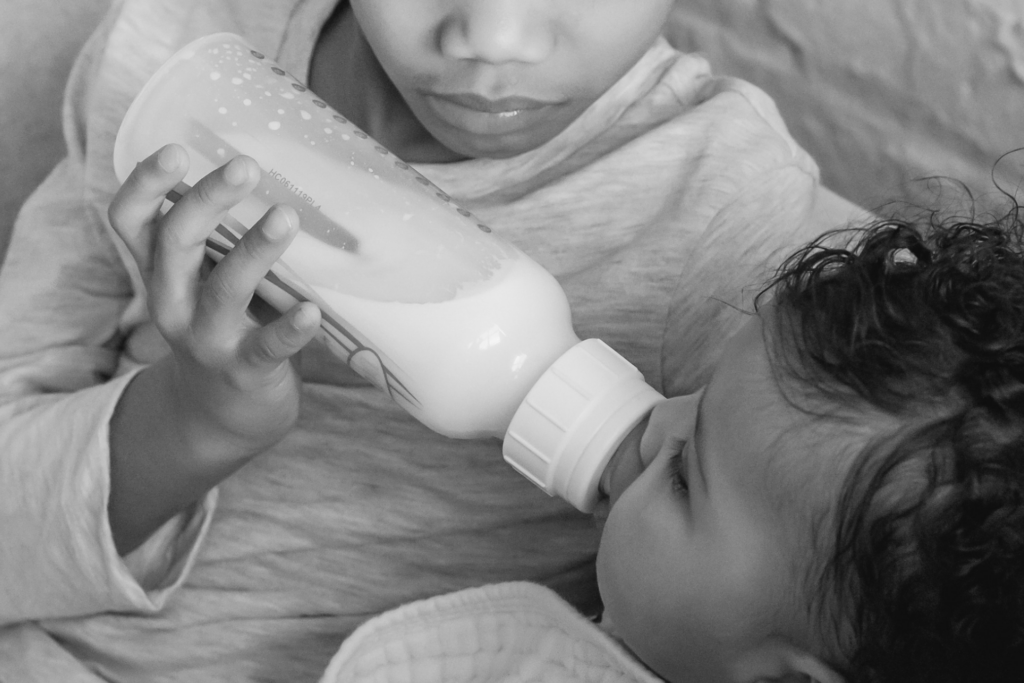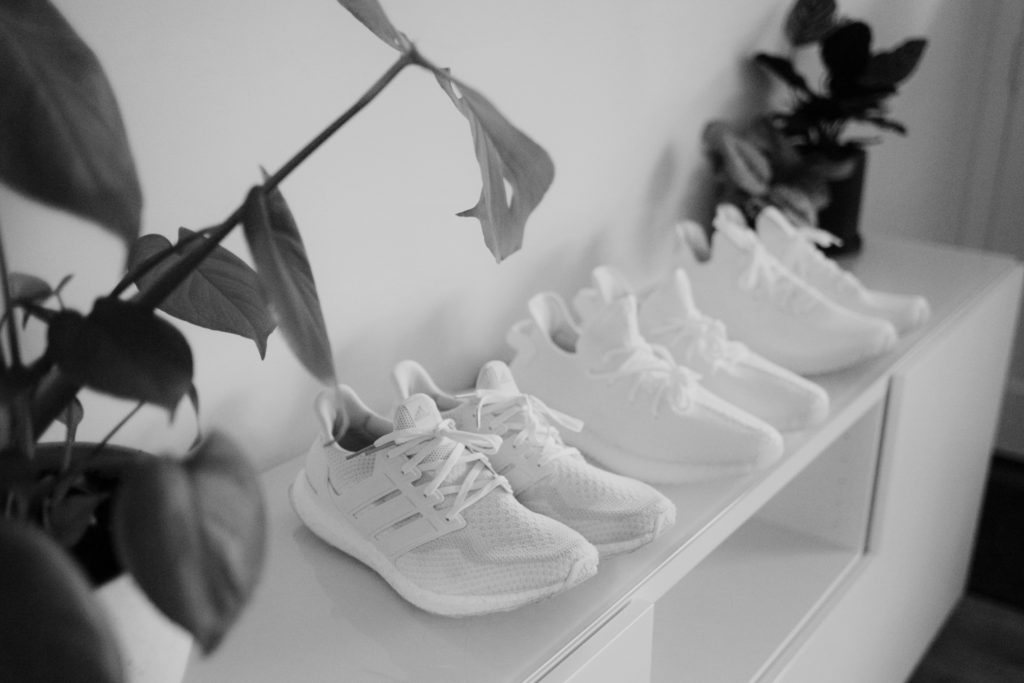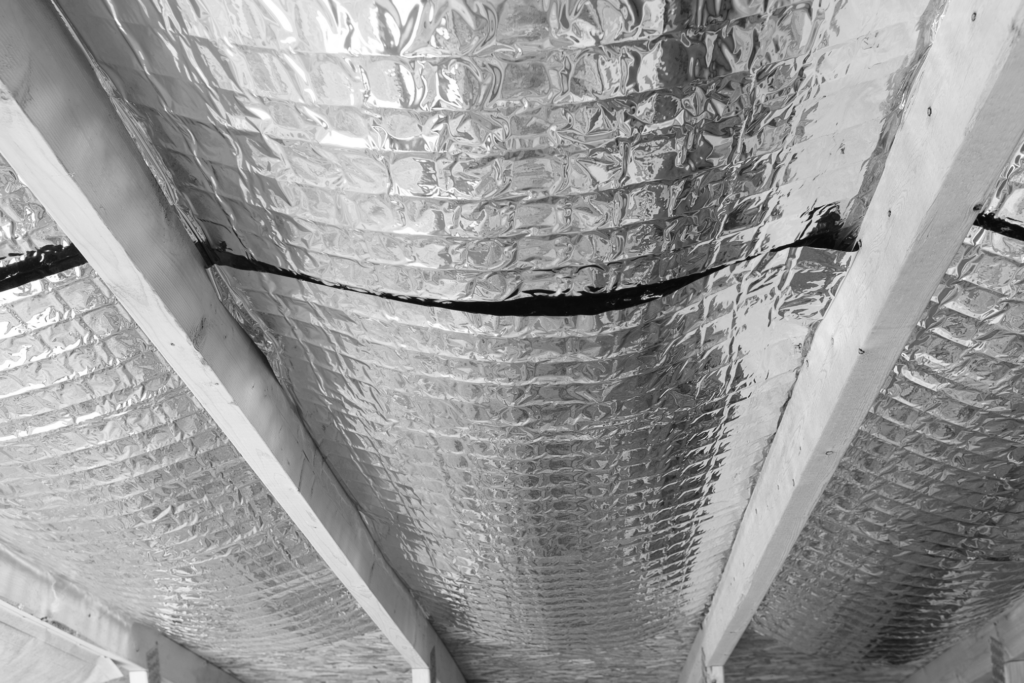The phrases “outer space” and “space exploration” might evoke thoughts of the vast and mysterious — things that inspire awe, but may not feel practical and relevant to daily life. But the innovations and advancements that have made space exploration possible have actually given rise to some of the objects and tools people use every day.
What happens beyond our atmosphere has implications for our lives here on Earth. Space exploration can lead to transformative innovation. The stories behind five space innovations show how careers in space can have a profound impact on our daily lives.
The Dustbuster

As NASA prepared to send human beings to space more than 50 years ago, scientists and engineers knew astronauts would need power tools that were safe to operate in zero-gravity conditions. In particular, they needed tools without cords that might tangle around them while floating in space. That led to NASA contracting Black & Decker to design a cordless power drill for removing core samples from the Moon. But the company didn’t stop there — it developed an entire line of cordless tools for the home. The most influential of these was the famed “Dustbuster,” the first of many cordless vacuums.
Baby formula

In the 1980s, NASA contracted the Martin Marietta Corporation to investigate the potential use of microalgae to produce food, supply oxygen, and manage waste on long space missions. Scientists soon discovered additional benefits to human health, with the microalgae Crypthecodinium cohnii producing high levels of an omega-3 fatty acid crucial to healthy brain function. That discovery of algae-based food ingredients revolutionized the infant formula market. Today, more than 90% of the infant formula in the United States contains algae.
Athletic shoes

When working in space, astronauts need equipment that can withstand hard use under intense conditions. During the famed Apollo missions, NASA worked to develop new techniques for building sturdy space suits. One of these new techniques, “blow rubber molding,” actually found widespread use on Earth — under your feet. The hollowed-out and shock-absorbing soles of your athletic shoes actually got their start in space suit design.
Home insulation

In the 1970s, NASA wanted to protect Apollo astronauts from radiation and extreme temperature changes in space. But that kind of protection would have required a seven-foot thick layer of conventional insulation. Clark E. Beck, a civilian research engineering manager at Wright-Patterson Air Force Base, developed Radiant Barrier technology from aluminized polyester. The material has the weight and feel of thin cellophane packaging and can insulate what it covers from 400 degrees below zero to 250 degrees above zero. Today, this same material is used in walls and attics, helping to regulate home temperatures year-round.
Portable computers

The original navigation computers used during NASA’s Apollo missions weighed 70 pounds — 10 times the weight of a modern laptop. English designer William Grant Moggridge, who later co-founded design firm IDEO, designed a computer for NASA that was roughly the size of a briefcase and only 10 pounds in weight. The GRiD Compass was the first portable computer that users closed by folding the screen over its keyboard — in other words, the first laptop. With some slight modifications, NASA first sent the GRiD Compass to space aboard a space shuttle in 1983. Today’s laptops continue to use the clamshell design in an even lighter and slimmer form.
Register to start working on your own innovation
What space-related problem could your product or service solve? Submit a design that will contribute to space missions and exploration. You never know how your idea might change life on Earth, too.
With schools back in session, teachers are encouraged to register and organize their teams. As they plan their submissions, teams can watch the information session, then fill out this project planning template to help students think critically about the activities needed to complete a submission.
As they develop their submissions, teachers and students can learn about space-related topics — for example, how the James Webb Space Telescope works or how plants can be grown in space — to determine their areas of focus. Teams can review the full collection of available resources, including articles and videos related to space, product design guides, and more. Submissions are due by 6:00 p.m. ET on October 30.
To get started, review the submission details and register for the challenge.
